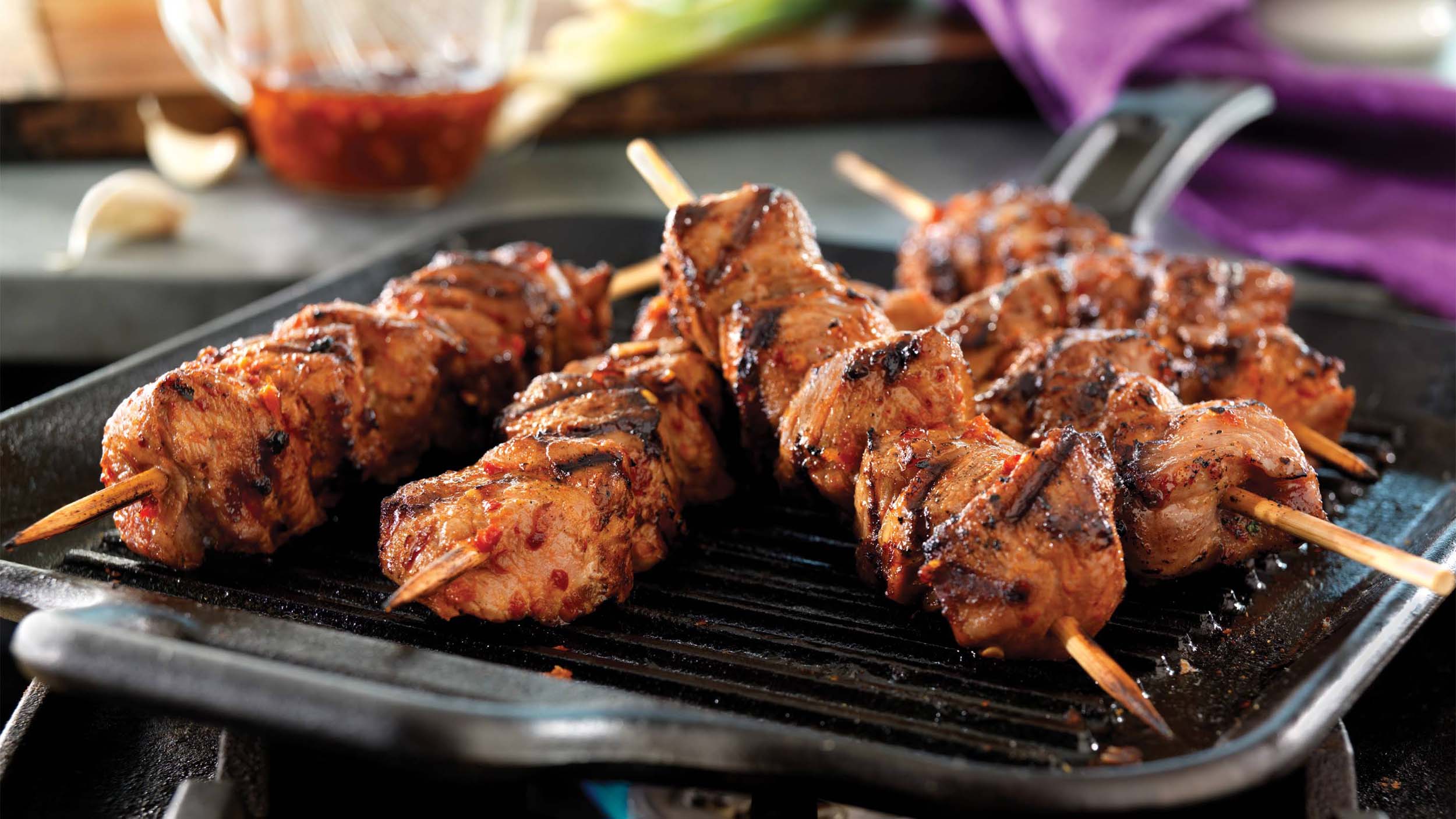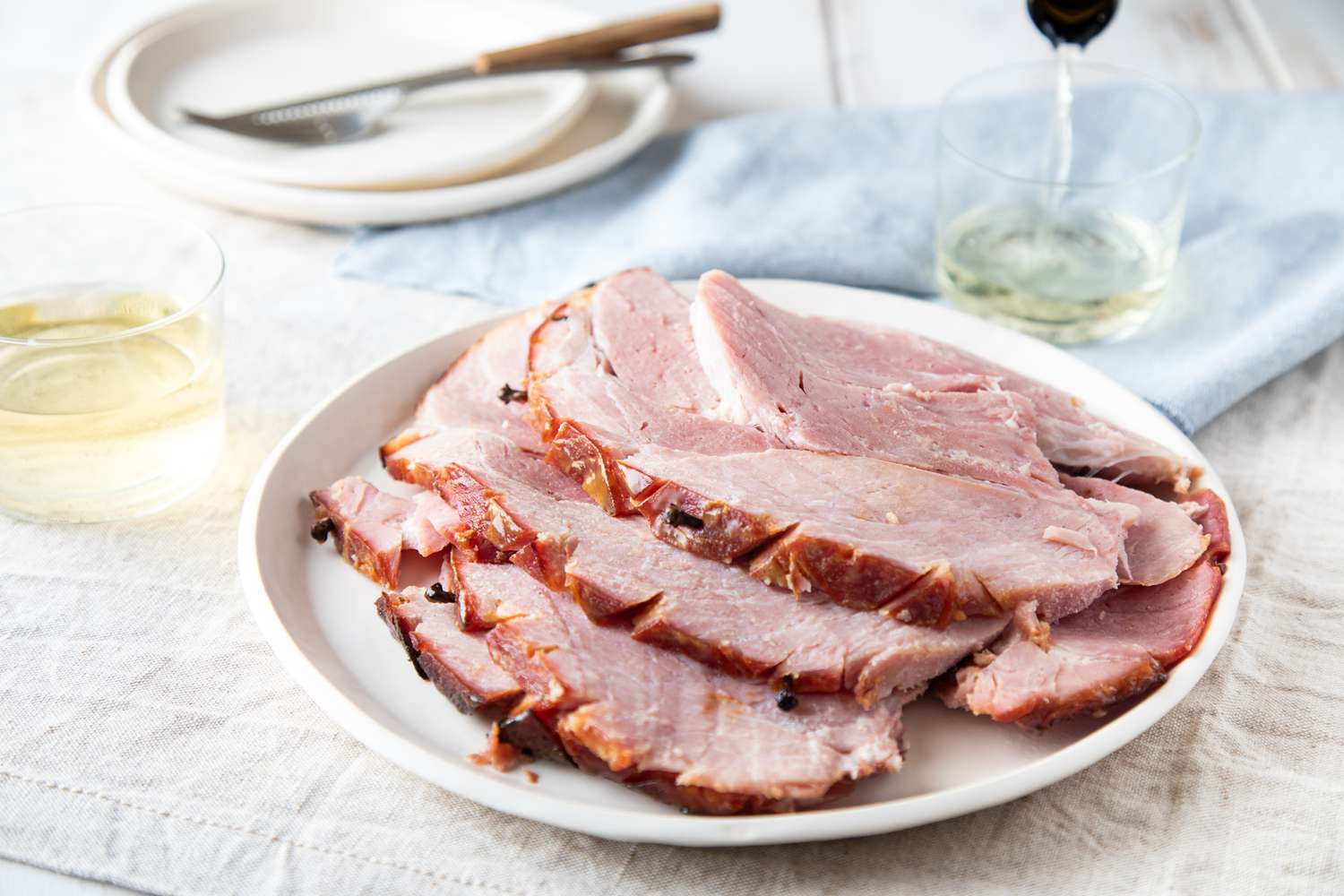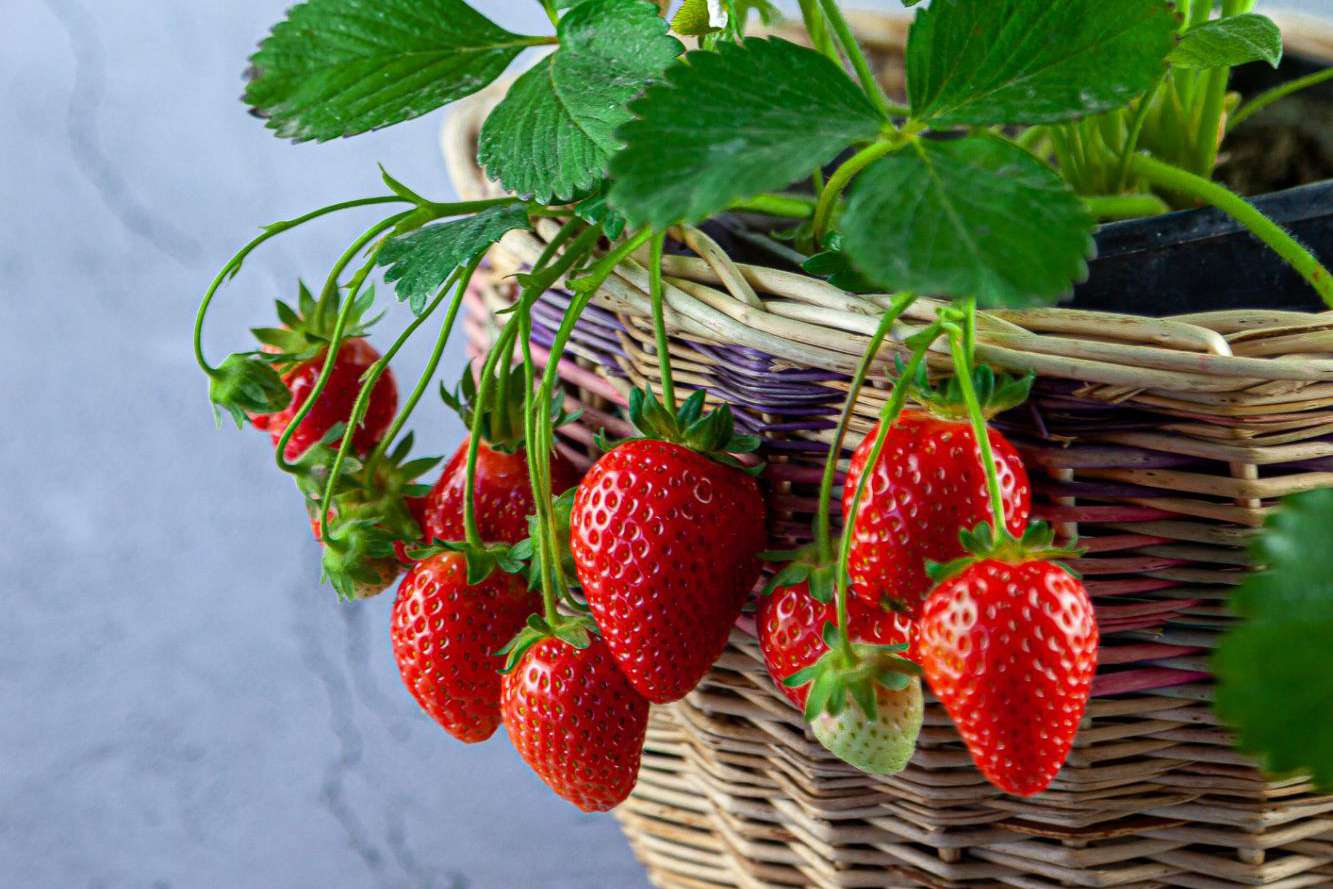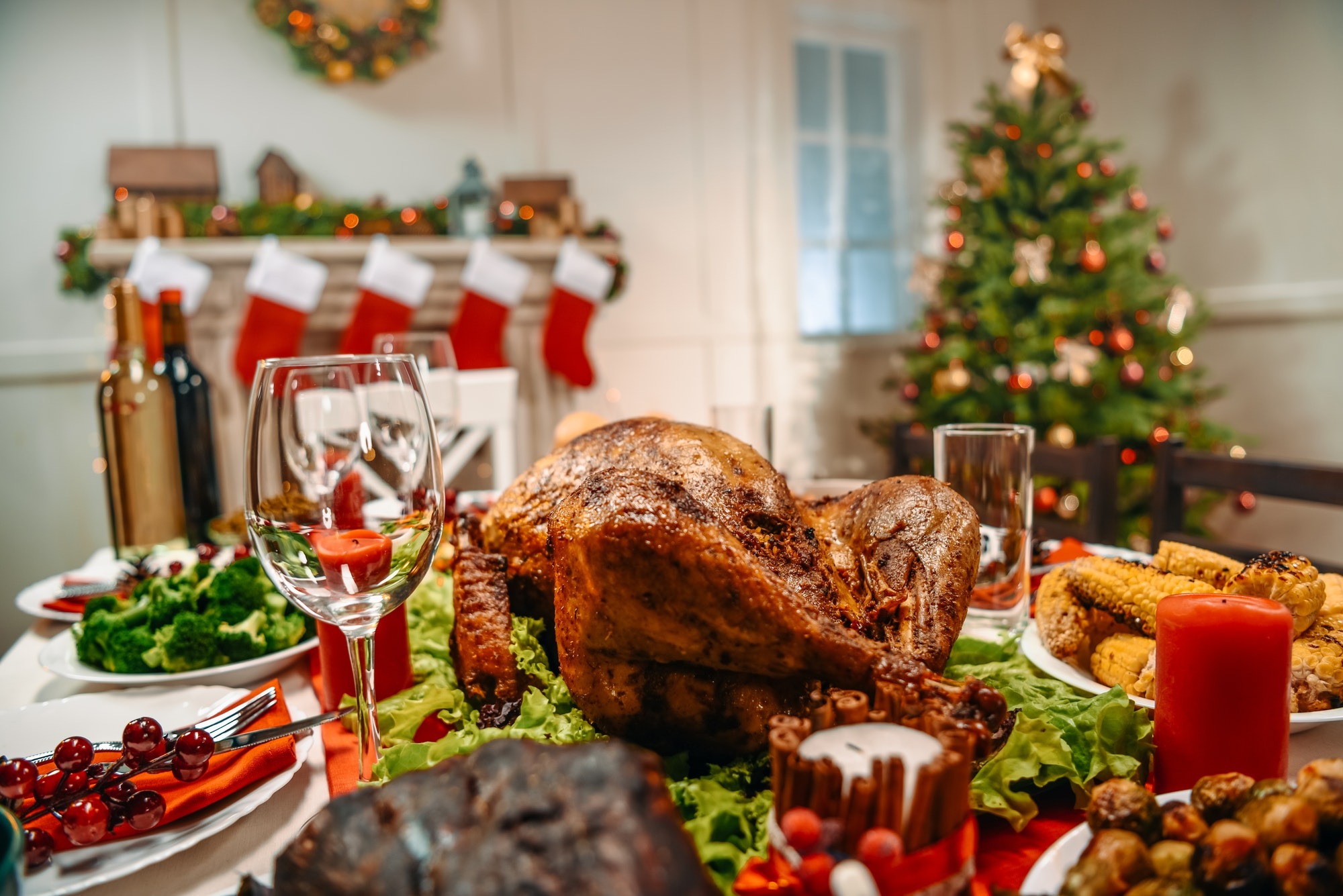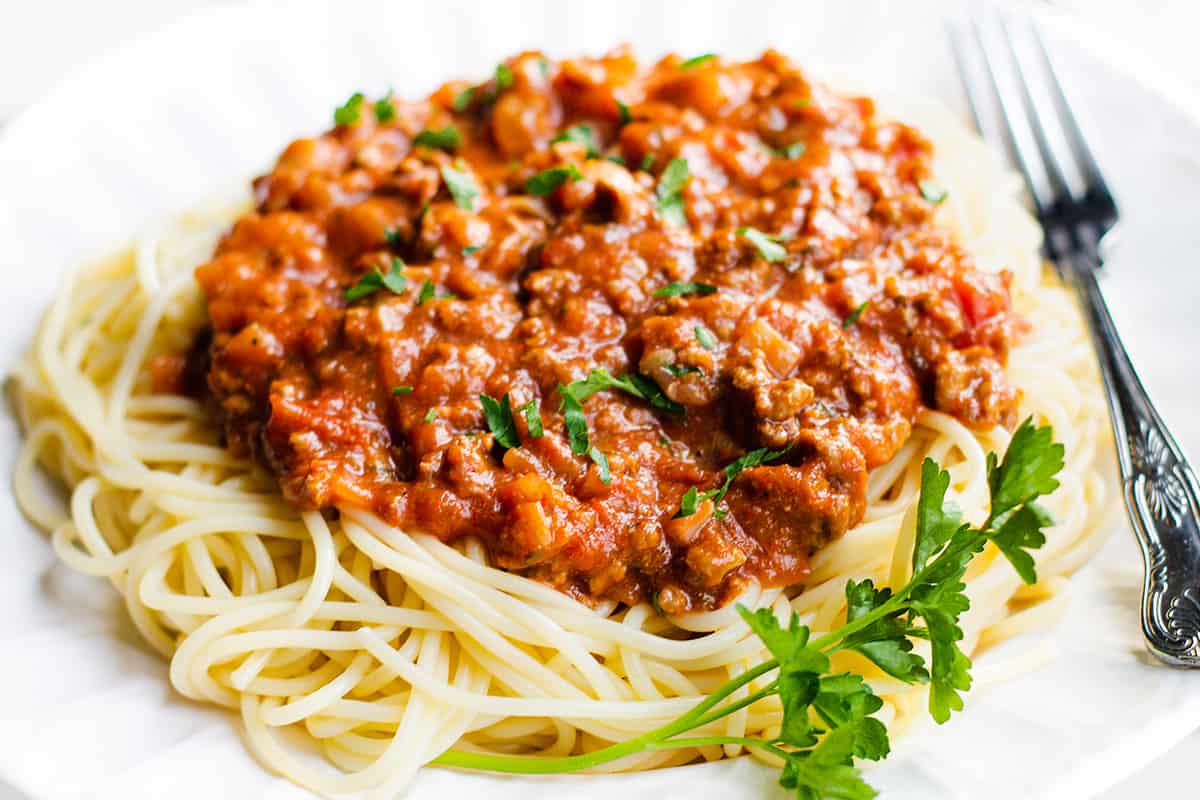How To Make Spaghetti Bolognese
Welcome to our guide on how to make the ultimate spaghetti bolognese! This classic Italian dish is loved by many for its rich and hearty flavors. Whether you’re a seasoned chef or a beginner in the kitchen, we have a step-by-step recipe that will help you create a delicious bolognese sauce that will impress your family and friends.
Ingredients:
- 1 pound ground beef
- 1 onion, chopped
- 2 cloves of garlic, minced
- 1 carrot, grated
- 1 celery stalk, chopped
- 1 can crushed tomatoes
- 2 tablespoons tomato paste
- 1 cup beef broth
- 1 teaspoon dried basil
- 1 teaspoon dried oregano
- Salt and pepper to taste
Instructions:
- Heat a large skillet or pot over medium heat. Add the ground beef and cook until browned, breaking it up with a spoon as it cooks.
- Add the chopped onion, minced garlic, grated carrot, and chopped celery to the skillet. Cook for a few minutes until the vegetables start to soften.
- Stir in the crushed tomatoes, tomato paste, and beef broth. Add the dried basil, dried oregano, salt, and pepper. Mix well.
- Reduce the heat to low and let the sauce simmer for at least 30 minutes, or up to 2 hours for a richer flavor. Stir occasionally.
- While the sauce is simmering, bring a large pot of salted water to a boil. Cook the spaghetti according to the package instructions until al dente.
- Once the spaghetti is cooked, drain it and return it to the pot. Add a ladleful of the bolognese sauce to the spaghetti and toss to coat.
- Serve the spaghetti in bowls, topped with a generous amount of the bolognese sauce. Garnish with grated Parmesan cheese and fresh basil if desired.
Now, sit back, relax, and enjoy a delicious plate of homemade spaghetti bolognese! This dish pairs perfectly with a glass of red wine and some crusty garlic bread. Bon appétit!
If you have any leftovers, you can store them in an airtight container in the refrigerator for up to 3 days. The flavors will continue to develop, making it even tastier when reheated.
Remember, cooking is all about experimenting and adding your personal touch. Feel free to customize this recipe by adding your favorite herbs or vegetables. The key is to have fun and enjoy the process of creating a delicious meal for yourself and your loved ones.
We hope you found this guide helpful and inspiring. Share your thoughts and experiences in the comments below, and don’t forget to share this recipe with others who love spaghetti bolognese as much as you do. Happy cooking!
For those looking to expand their culinary skills beyond Spaghetti Bolognese, there are several recipes that can complement and build upon the techniques learned. The Classic Lasagna Recipe is a must-try, offering a rich, layered pasta experience that will test your ability to balance flavors and textures. If you're in the mood for something creamy and indulgent, the Chicken Alfredo Pasta Recipe provides a perfect opportunity to master a simple yet elegant dish. For a hearty and comforting meal, dive into the Shepherd's Pie Recipe, which combines meat and vegetables under a layer of creamy mashed potatoes. And if you're interested in exploring international flavors, the Beef Enchiladas Recipe will challenge you with its robust spices and wrapping technique. Each of these recipes will not only diversify your cooking repertoire but also enhance your confidence in the kitchen.
Was this page helpful?
Read Next: 3 Quick Dinner Ideas With Tortilla Wraps
